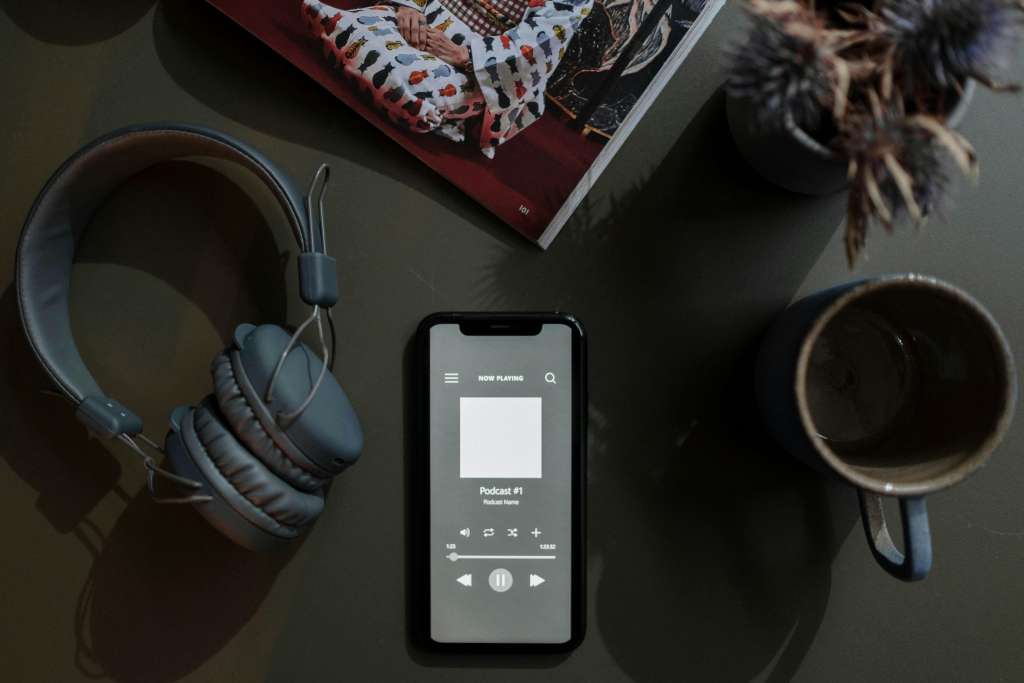By Joe Perera
Who even are you on Instagram?
The version of me that shows up on Instagram has a colour-coordinated feed, polished carousels, and cool case studies. But the real me? I’m in joggers hunched over my laptop at 2 a.m. and still debating whether to go with font A or font B.
Sound familiar?
In an era where personal branding feels like must have. Especially for creatives and freelancers it’s easy to lose sight of the one thing that matters most is YOU. The real you. Not just your logo, LinkedIn headline or tagline but the person behind the pixels.
So how do we do it? How do we build an online presence that feels honest but still looks professional?
Let’s talk about what it means to brand yourself without losing yourself and why this kind of authenticity isn’t just refreshing. It’s necessary.
The Myth of “Perfect” Branding
We’ve all seen it that creator whose posts always go viral, whose brand seems so cohesive, so effortless. So… intimidating.
It’s easy to think that authenticity means sharing your deepest secrets or having an ultra aesthetic grid. But here’s the truth. Authenticity isn’t about sharing everything. It’s about making sure what you share is rooted in truth.
Bullingham and Vasconcelos (2013) explain this beautifully through the lens of Goffman’s self-presentation theory. They argue that online, we perform versions of ourselves based on how we want to be perceived (p. 103). And that’s okay. We all curate. The trick is to make sure that curation still reflects who we really are. Our values, our passions, our quirks.
Personal Branding is Not a Lie, It’s a Language
Here’s something I wish someone told me earlier. Branding isn’t faking. It’s storytelling.
Your colours, your fonts, your tone. They’re the visual and verbal language of your story. And if you’re intentional about them, they can speak volumes without saying a word.
Jacobson (2020) talks about how personal branding is becoming a crucial part of professional identity. Especially as we move into a future where “the audience” is constantly shifting and expanding (p. 719). Whether you’re a designer, writer or developer your brand is how people get to know you before they ever speak to you.
So, the question isn’t whether to brand yourself. The question is can you do it in a way that still feels like you?
Being Real Doesn’t Mean Being Raw 24/7
There was a time I thought I had to post everything to be real. Every setback, every success, every in-progress piece. I burned out.
Authenticity isn’t about oversharing. It’s about honest alignment. Santer et al. (2023) found that Gen Z creatives are especially good at blending authenticity with branding. We’re not afraid to share parts of ourselves that feel true, but we do it with purpose (p. 84).
That means you can still curate your feed and be genuine. You can share your wins and still admit you’re learning. You can use a brand voice and still sound human.
Practical Ways to Keep It Real
So how do we actually stay authentic while building a brand? Here’s what’s worked for me:
- Define your values first. Before the colour palette, know your “why”. Mine? Creativity, honesty, and continuous growth.
- Use your voice. Write captions the way you speak. People connect with people, not corporate-speak.
- Share the journey, not just the highlight reel. Your in-progress shots, your late-night thoughts, your honest reflections. They matter.
- Make space for play. Every now and then, post something that brings you joy, even if it’s off-brand. Your audience will love the human behind the handle.
The Takeaway: You Are Not Your Feed (But It Should Still Look Like You)
At the end of the day, your personal brand is just one lens of your identity. It’s not the whole story, but it’s the story you’re choosing to tell right now. Make it count. Make it real.
The truth? People can smell fake from a mile away. But when you’re real, when your brand reflects your actual values, your real energy and your evolving journey people will feel it.
And those are the people who stick around. Not just for your work, but for you.
References
Bullingham, L., & Vasconcelos, A. C. (2013). The presentation of self in the online world: Goffman and the study of online identities. Journal of Information Science, 39(1), 101–112. https://doi.org/10.1177/0165551512470051
Jacobson, J. (2020). You are a brand: Social media managers’ personal branding and “the future audience.” Journal of Product & Brand Management, 29(6), 715–727.
Santer, N., Manago, A., & Bleisch, R. (2023). Narratives of the self in polymedia contexts: Authenticity and branding in Generation Z. Qualitative Psychology, 10(1), 79–106. https://doi.org/10.1037/qup0000232
Featured image: by Tranmautritam – https://www.pexels.com/photo/silver-and-black-imac-s-326501/
